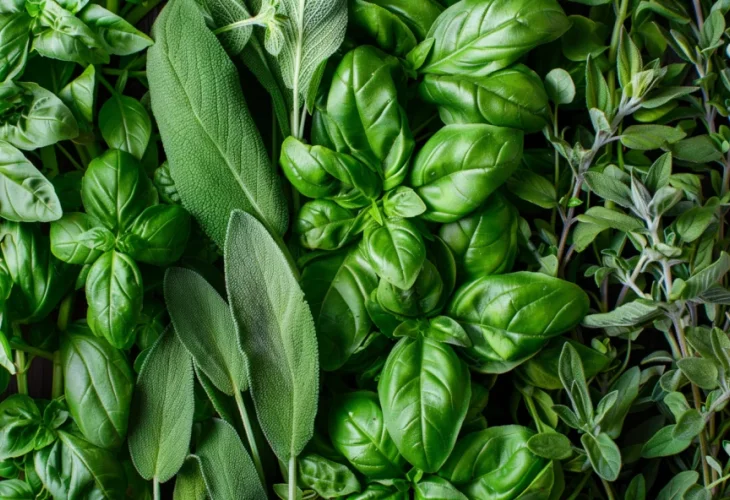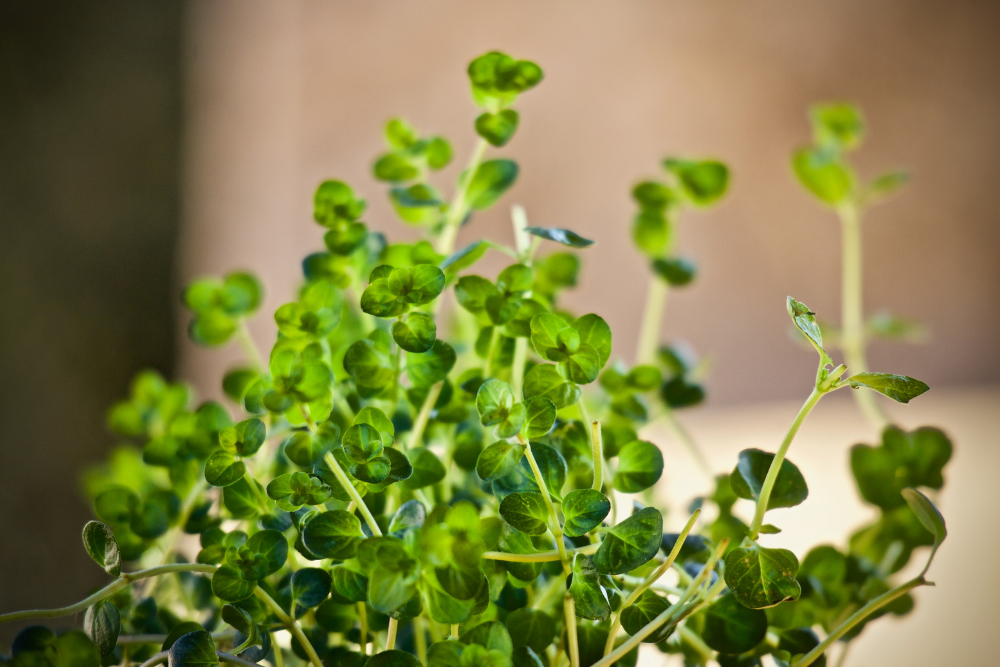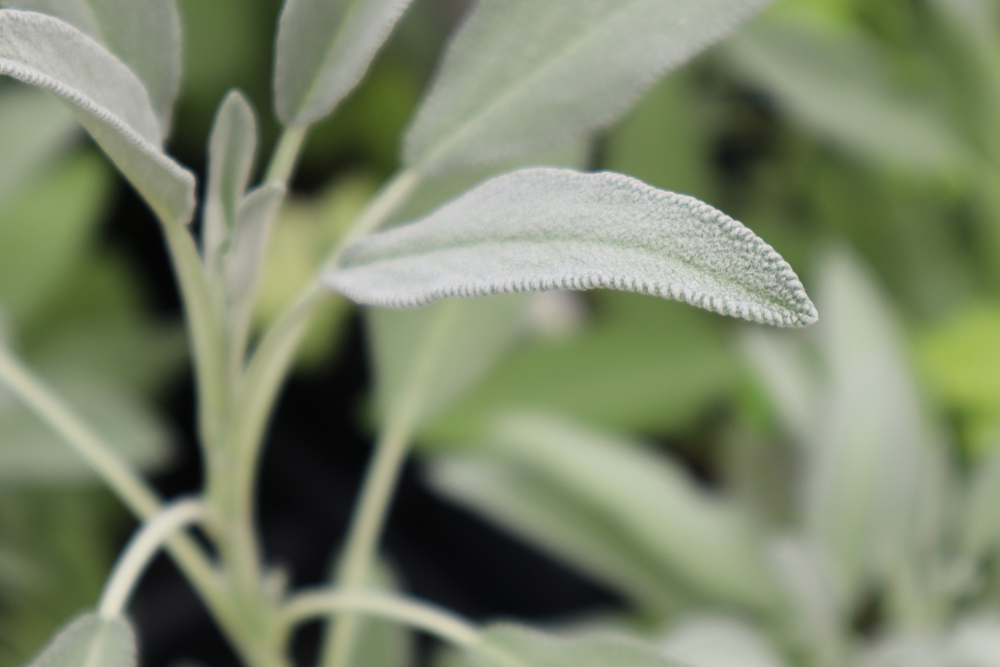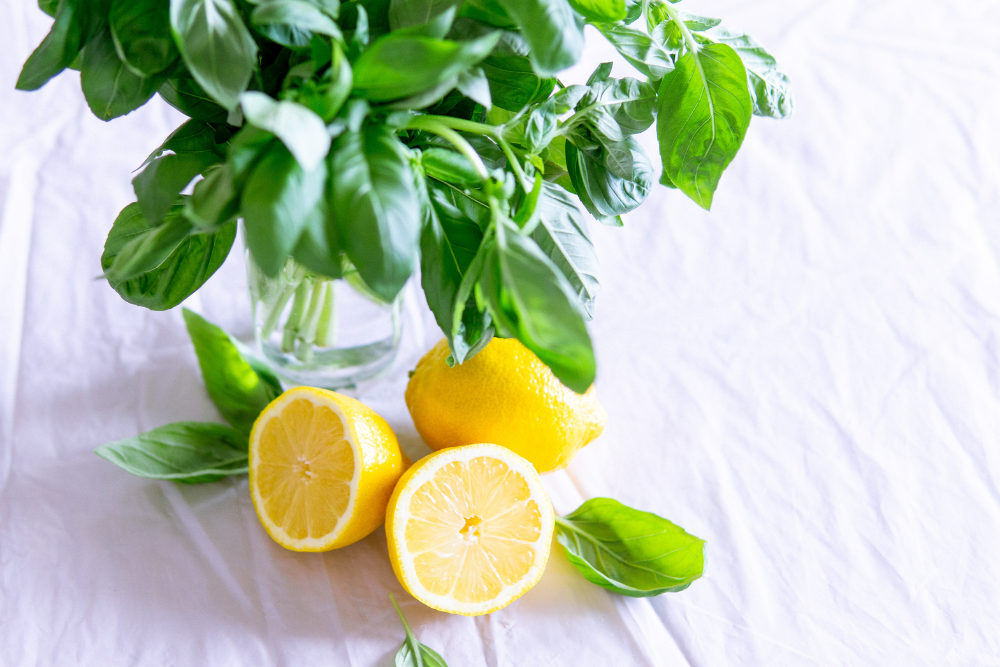Bringing Herbal Magic to Your Kitchen: Easy Ways to Use Healing Herbs in Daily Cooking
Herbs like thyme, sage, and basil can not only heighten the flavors and fragrances of your daily dishes, but they also boast health benefits that can improve your well-being. Discover simple ways to seamlessly incorporate healing herbs into your everyday cooking, complete with easy recipes.

Herbs are an essential part of the kitchen, offering not only unique flavors that enhance your meals but also numerous health advantages. Incorporating herbs like thyme, sage, and basil can elevate any dish and simultaneously benefit your health. Here are a few ways to weave these herbs into your culinary practices, along with some straightforward recipes.
Thyme

Thyme is a herb with an intense flavor and wonderful aroma, especially suitable for meat dishes and soups.
Health Benefits
- Thyme is rich in vitamin C and minerals like iron, manganese, and calcium, which aid in boosting the immune system.
- Its antibacterial and antifungal properties make thyme effective in treating respiratory issues like cough, congestion, and colds.
- Thyme supports digestion and helps reduce gas, stomach pain, and bloating.
How to Use?
Thyme Infusion
Excellent for alleviating colds, coughs, sore throats, and respiratory issues.
What you need: a handful of fresh thyme leaves or a tablespoon of dried thyme, a cup of boiling water.
Add the thyme leaves to the boiling water, cover, and let it steep for 10-15 minutes. Strain and drink up to 3 times a day.
Thyme Gargle
Suitable for treating sore throats and gum inflammations.
What you need: a handful of fresh thyme leaves or a tablespoon of dried thyme, a cup of boiling water.
Prepare a thyme infusion but don’t drink it. Instead, let it cool to room temperature and gargle for 30 seconds, twice daily.
Recipe: Baked Potatoes with Thyme and Garlic
Ingredients:
- 6 medium potatoes, diced
- 3 tablespoons olive oil
- 4 cloves garlic, crushed
- 2 tablespoons chopped fresh thyme (or 1 tablespoon dried thyme)
- Salt and pepper to taste
- 1/2 teaspoon paprika
- 1/2 teaspoon garlic powder
- Fresh thyme leaves for garnish (optional)
Instructions:
1. Preheat oven to 400°F (200°C).
2. Place the potato cubes on a large baking sheet.
3. In a small bowl, mix the olive oil, garlic, thyme, salt, pepper, paprika, and garlic powder.
4. Pour the mixture over the potatoes and stir well to coat all pieces.
5. Bake in the oven for 30-40 minutes, or until the potatoes are golden and tender. Stir the potatoes every 15 minutes for even baking.
6. Serve hot, garnished with fresh thyme leaves if desired.
Sage

Sage is a medicinal herb with numerous health properties and a slightly bitter taste. It pairs perfectly with pasta dishes and baked goods.
Health Advantages:
- Sage contains active compounds with anti-inflammatory properties that help reduce inflammation in the body.
- Sage is known to improve oral health and cut down on issues like gum inflammation and bad breath.
- Research indicates that sage has a positive effect on memory and cognitive abilities.
How to Use?
Sage Infusion
Helps soothe sore throats, mouth inflammations, digestive problems, and reduce gas.
What you need: 1-2 teaspoons of dried sage leaves or a handful of fresh leaves, a cup of boiling water.
Pour the boiling water over the leaves, cover, and let it steep for 10-15 minutes. Strain and drink up to 2-3 times a day.
Sage Gargle
Useful for treating sore throats and gum inflammations.
What you need: Sage infusion.
Prepare a sage infusion, let it cool, and gargle for 30 seconds, twice a day.
Sage for Calm and Memory Enhancement
Sage is known for its calming effects and anxiety reduction, as well as memory improvement.
What you need: Sage infusion.
Drink sage infusion once or twice a day over a longer period.
Recipe: Sage Butter Pasta
Ingredients:
- 250 grams (about 9 ounces) pasta of your choice
- 50 grams (about 1.75 ounces) butter
- 10 fresh sage leaves
- Salt and pepper to taste
- Grated Parmesan cheese for serving
Instructions
1. Cook the pasta according to the package instructions.
2. While the pasta cooks, melt butter in a large pan until it bubbles.
3. Add the sage leaves and cook for another 2-3 minutes until they are crispy.
4. Drain the pasta and add it to the pan with the butter and sage.
5. Mix well, season with salt and pepper, and serve with grated Parmesan cheese.
Basil

Basil is a popular medicinal herb with a sweet flavor and strong aroma, perfect for salads, pasta dishes, and pizzas.
Health Benefits
- Basil is rich in antioxidants like vitamins A, C, and flavonoids, protecting the body from oxidative damage.
- It helps reduce cholesterol and blood fat levels, thereby supporting heart and vascular health.
- Basil contains calming compounds that help reduce stress and anxiety.
How to Use?
Basil Infusion
Helps reduce stress and anxiety, eases digestive issues, and bloating.
What you need: 1-2 teaspoons of fresh or dried basil leaves, a cup of boiling water.
Pour the boiling water over the leaves, cover, and let it steep for 10-15 minutes. Strain and drink up to 2-3 times a day.
Recipe: Tomato and Basil Salad
Ingredients:
- 4 ripe tomatoes, diced
- A handful of coarsely chopped fresh basil leaves
- 2 tablespoons olive oil
- 1 tablespoon balsamic vinegar
- Salt and pepper to taste
Instructions:
1. Mix all ingredients in a large bowl.
2. Season with salt and pepper to taste.
3. Serve immediately.
* The content on this channel does not constitute professional advice, a recommendation, or a substitute for consulting with a specialist or receiving medical guidance.

